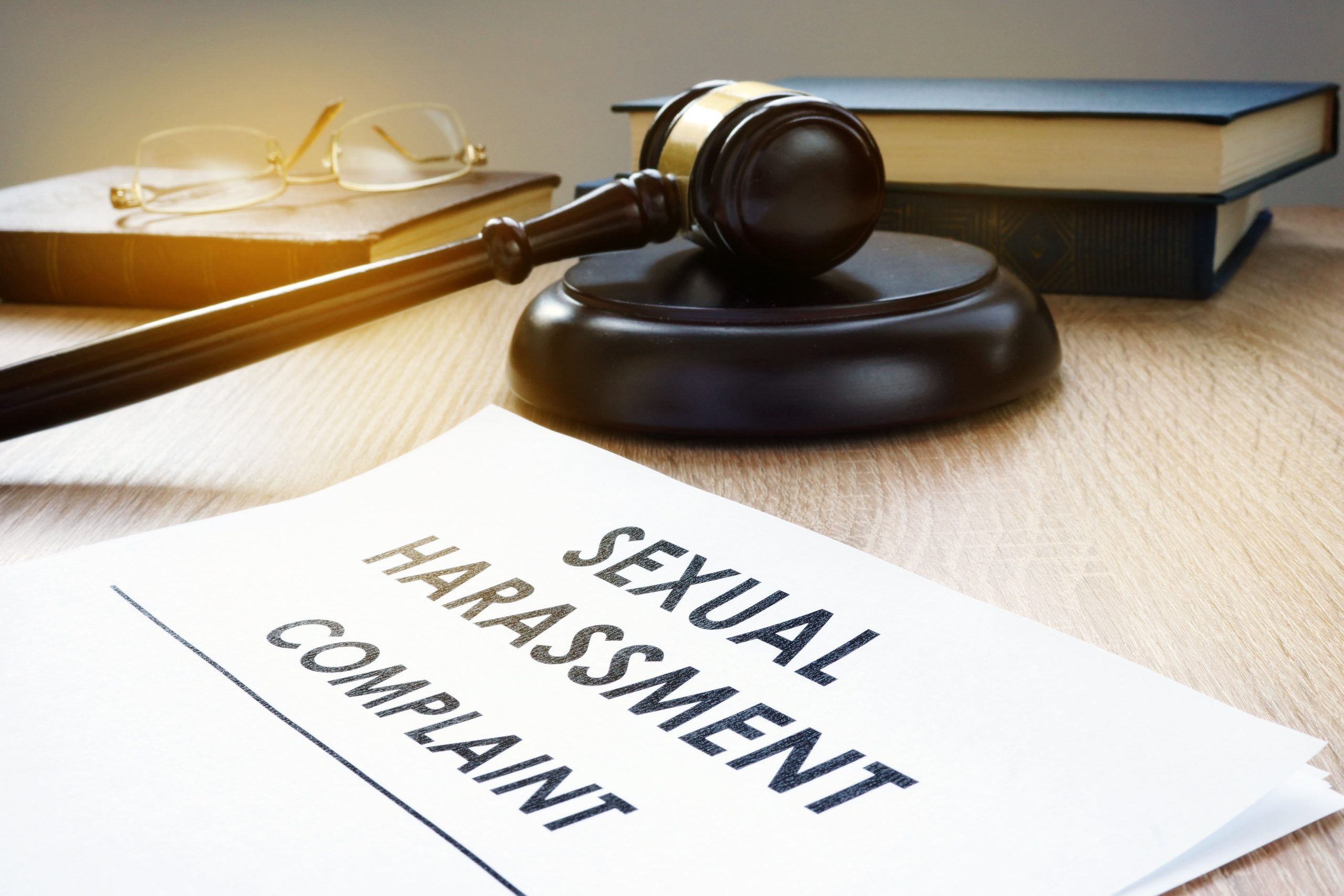BLOG
Preventing sexual harassment | A 10-step approach to risk assessing your workplace
Written by Beverley Harrison MCIPD on 18 November 2024

A recent poll highlights a concerning reality: 3 in 5 women have experienced some form of harassment at work, with the numbers even higher for those aged 25 to 34. While this affects many women, it’s important to recognise that anyone can experience harassment.
Under new legislation which came into effect on October 26 2024, employers now have a mandatory duty to prevent sexual harassment in the workplace, making proactive measures not only ethical but essential.
Understanding sexual harassment
Sexual harassment, as defined by the Equality Act of 2010, includes any unwelcome behaviour of a sexual nature that can violate a person’s dignity or create a hostile work environment. This can range from verbal comments to actions outside the workplace – and it’s not excused by claims that it was intended as “banter” or a “compliment”.
Do you need support?
Speak to us for an honest, no obligation chat on:
0345 226 8393 Lines are open 9am – 5pm
Why your business needs a sexual harassment policy
- Legal compliance
Employers are now legally required to prevent sexual harassment. Failing to comply can lead to severe consequences, including Tribunal actions, potential compensation claims, and an extra 25% penalty on top of any compensation awards. - Reputation management
A proactive approach to workplace safety can enhance your brand’s reputation, showing that your company values a safe and respectful environment. - Attracting and retaining talent
Employees increasingly look for workplaces that promote inclusivity and safety. A strong anti-harassment policy can make your company more appealing to top talent.

How to conduct a workplace sexual harassment risk assessment
A risk assessment is a practical first step in identifying and mitigating risks. By mapping out potential areas for harassment, such as social gatherings and off-site meetings, you can take actionable steps to foster a safe culture.
Conducting a sexual harassment risk assessment typically involves the following 10-step process:
Understand the legal requirements and standards:
- Familiarise yourself with the legislation related to workplace harassment. Our free webinar on Preventing Sexual Harassment in the Workplace provides a useful overview.
Define scope and objectives:
- Determine which departments, teams, or functions will be assessed.
- Set clear objectives, such as identifying specific risk factors, understanding reporting barriers, or evaluating the effectiveness of existing policies.
Collect data and identify risk factors:
- Conduct a review of the current policies and procedures related to harassment prevention, reporting, and response.
- Review past incidents to identify any patterns or gaps.
- Gather feedback from employees through employee surveys, focus groups, or anonymous questionnaires.
- Look for physical factors, such as isolated workspaces, lack of surveillance, or inadequate lighting, which might increase risks.
Assess workplace culture and management practices:
- Evaluate the general workplace culture, especially attitudes toward respect, diversity, and inclusion.
- Assess management and leadership practices, especially how they address complaints, model respectful behaviour, and promote an inclusive culture.
Identify potential risk factors for sexual harassment:
- Identify areas where power imbalances, social isolation, or reliance on vulnerable workers (e.g. temporary or young staff) could increase risk.
- Assess workplace conditions that could increase risk, such as high-stress environments, night shifts, or lack of oversight.
Free download: 10 Steps to Conducting a Sexual Harassment at Work Risk Assessment
Download our full 10-step checklist to ensure your organisation is thoroughly assessing and mitigating sexual harassment risks.
Benefits of a proactive approach
A proactive approach to preventing sexual harassment goes beyond compliance – it’s an investment in your workplace culture.
By implementing a thorough anti-harassment policy, conducting a risk assessment, and providing regular training, employers not only meet new legal requirements but also demonstrate a clear commitment to employee wellbeing.
These efforts foster a safer, more inclusive environment where employees feel respected and supported in reporting harassment concerns. This, in turn, enhances your organisation’s reputation, signalling to clients, partners, and prospective employees that safety and respect are top priorities.
Related Content

FREE WEBINAR
Sexual Harassment in the Workplace | Complying With the New Statutory Duty
WorkNest HR can help
If you’re not sure where to start, our highly experienced HR Consultants can support you by guiding you through the risk assessment process and providing you with a risk assessment that not only identifies the risks but also provides solutions.
Call our team on 0345 226 8393 or request your free consultation using the button below.



